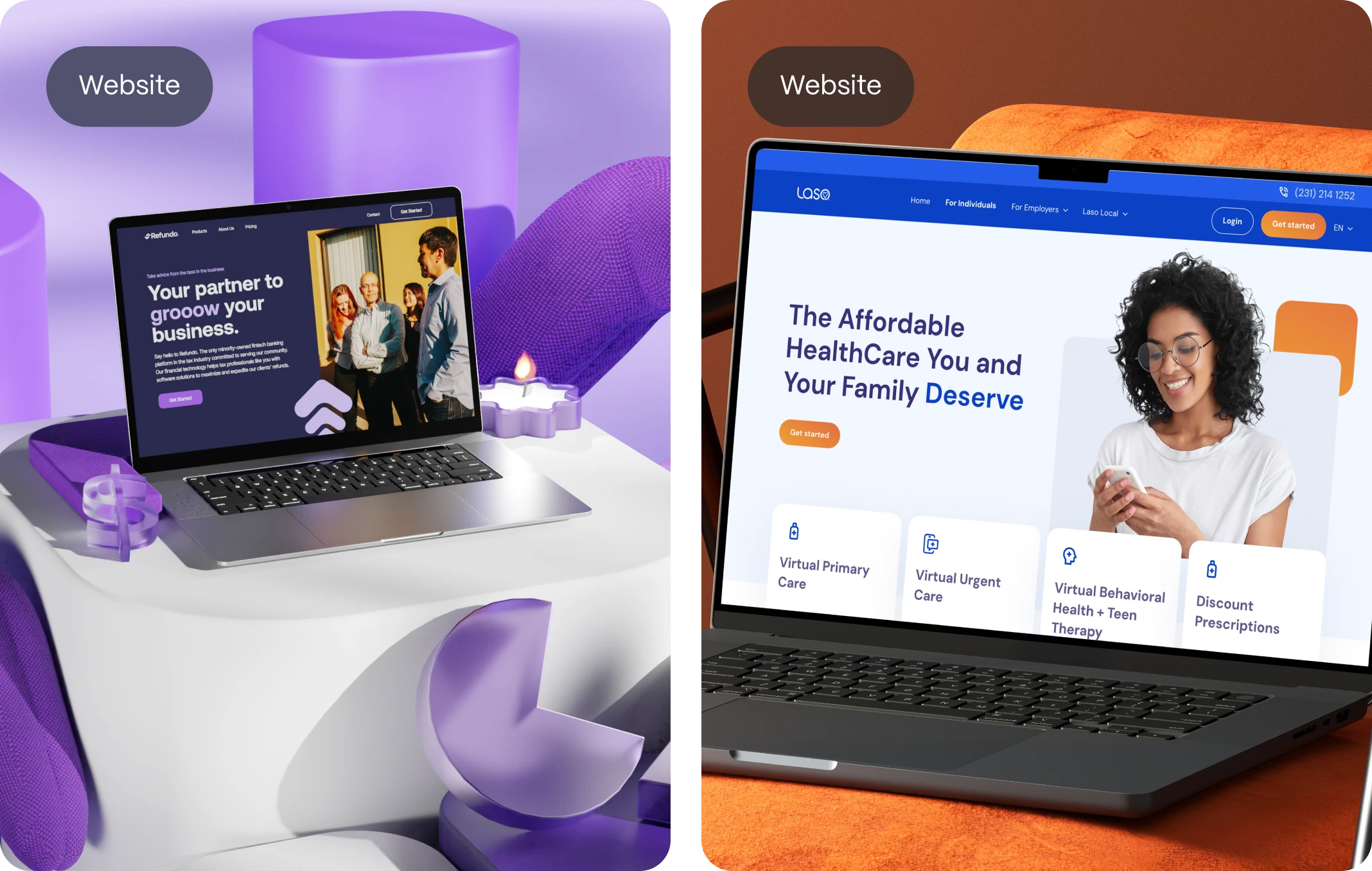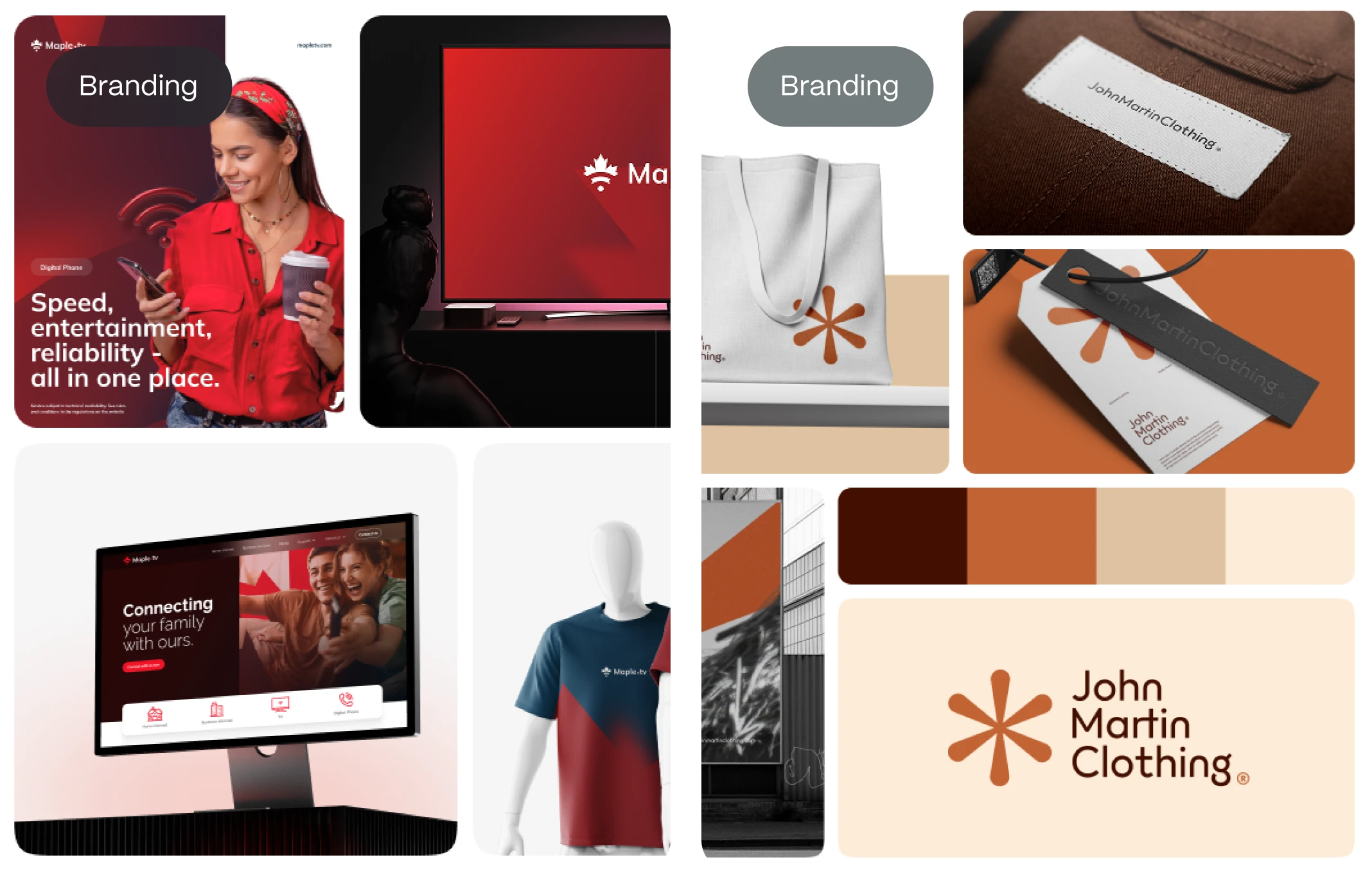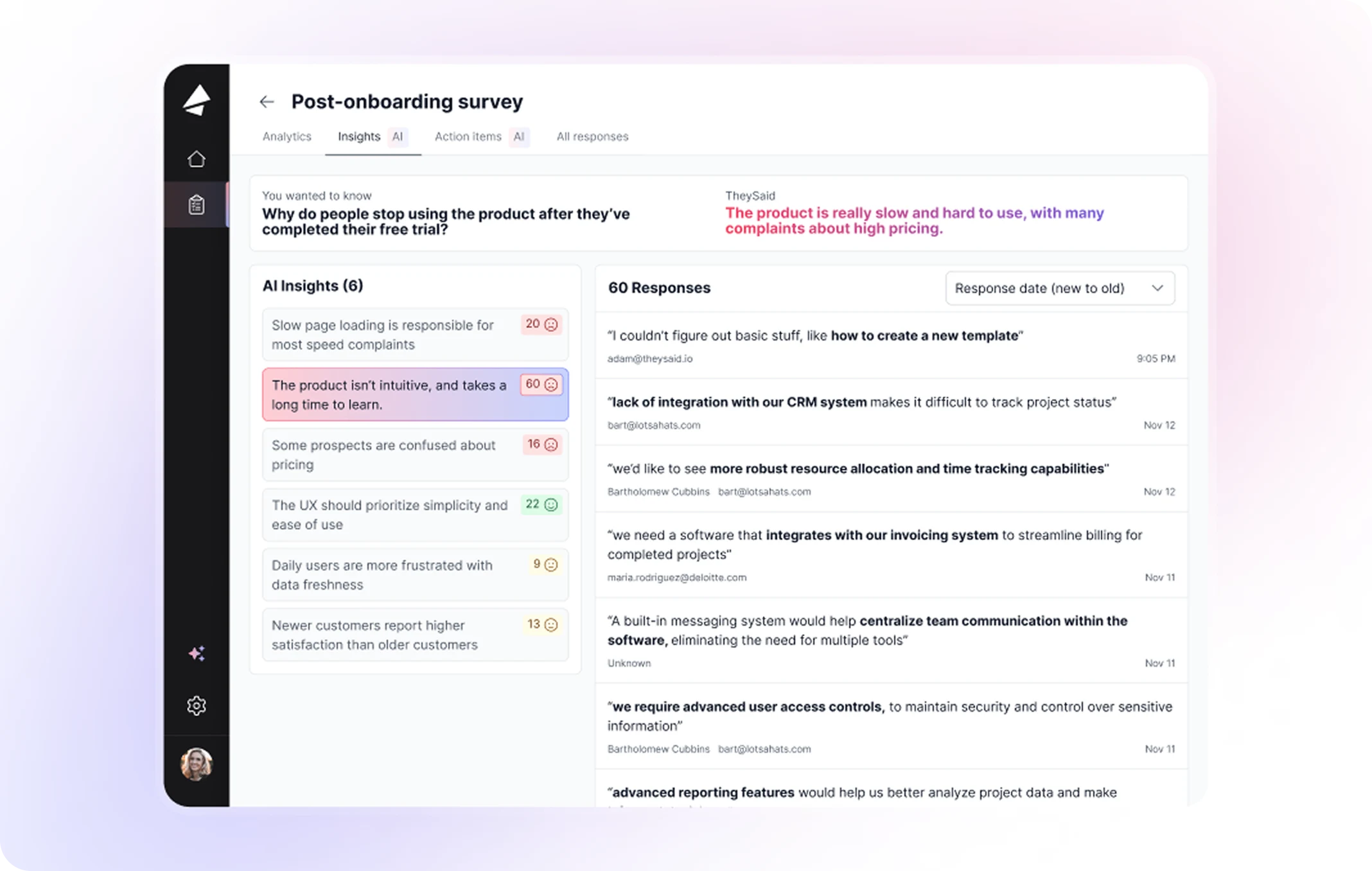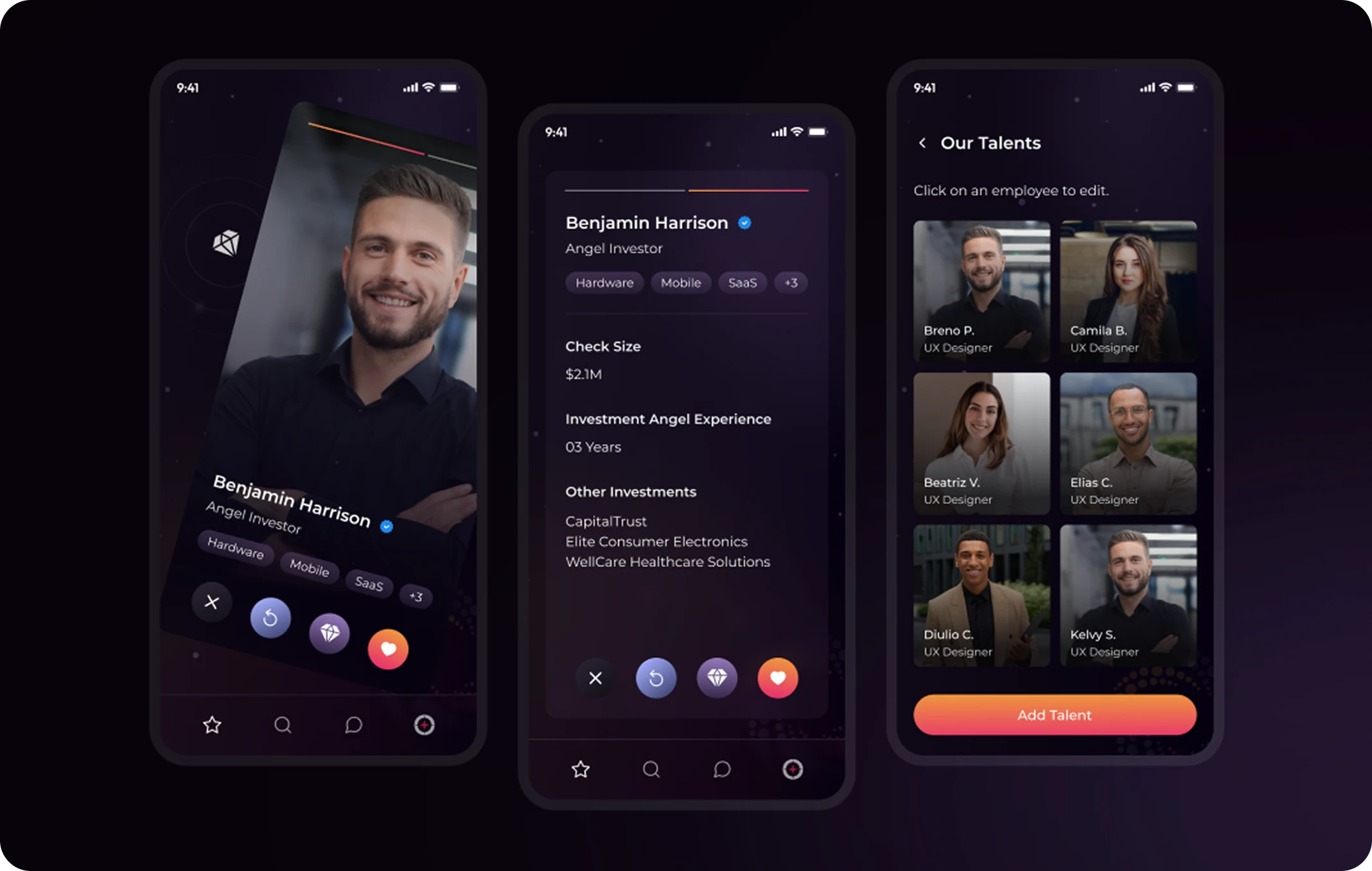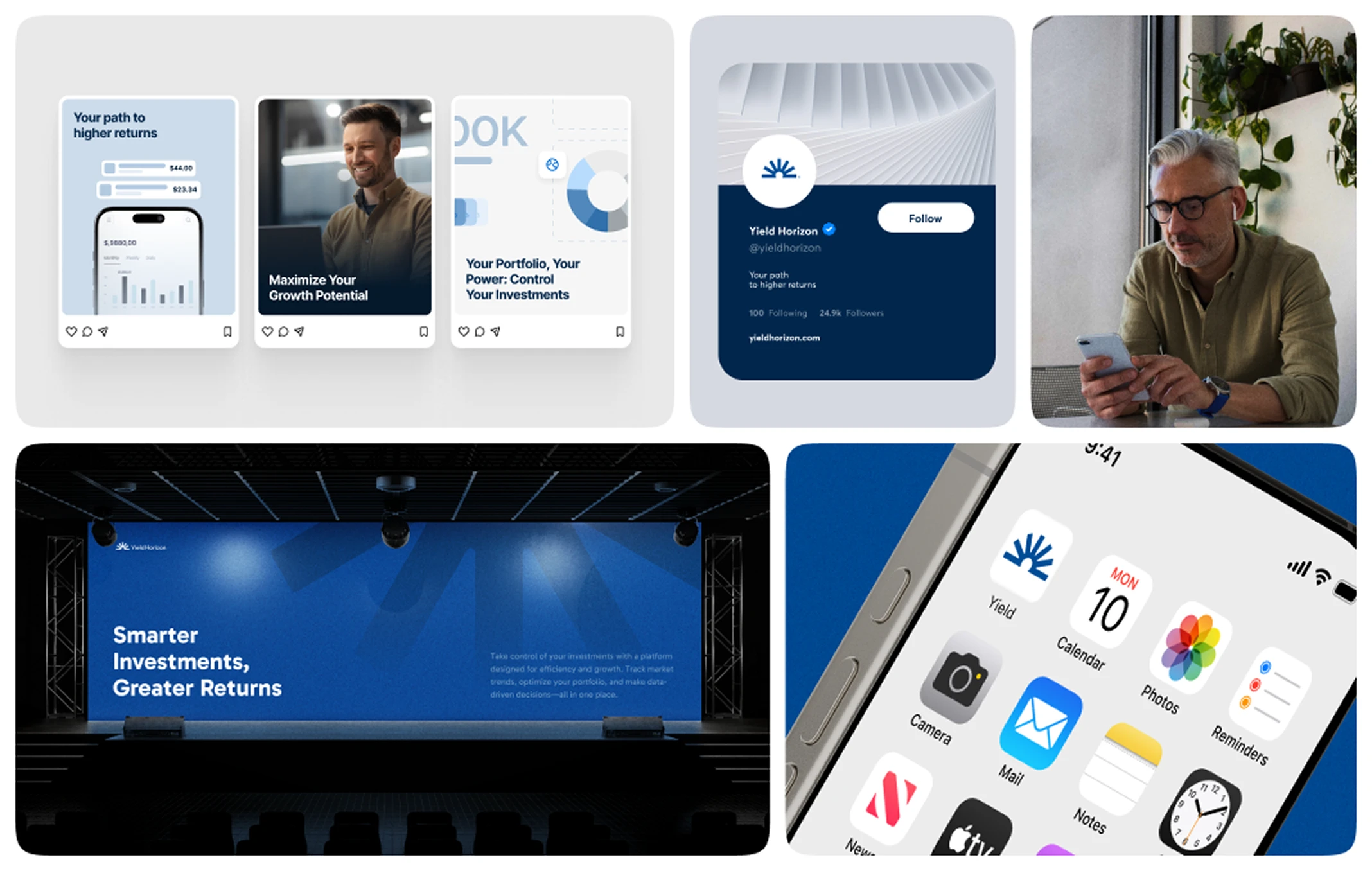The Role of Branding in Startup Success
This article explores how branding impacts startups funding, the psychology behind investor decision-making, and actionable strategies for creating a compelling brand that attracts funding.
In today’s highly competitive startup ecosystem, branding is no longer just about aesthetics—it’s a strategic asset that can make or break funding opportunities. A well-crafted brand conveys credibility, trust, and market positioning, all of which are crucial factors that influence investor perception.
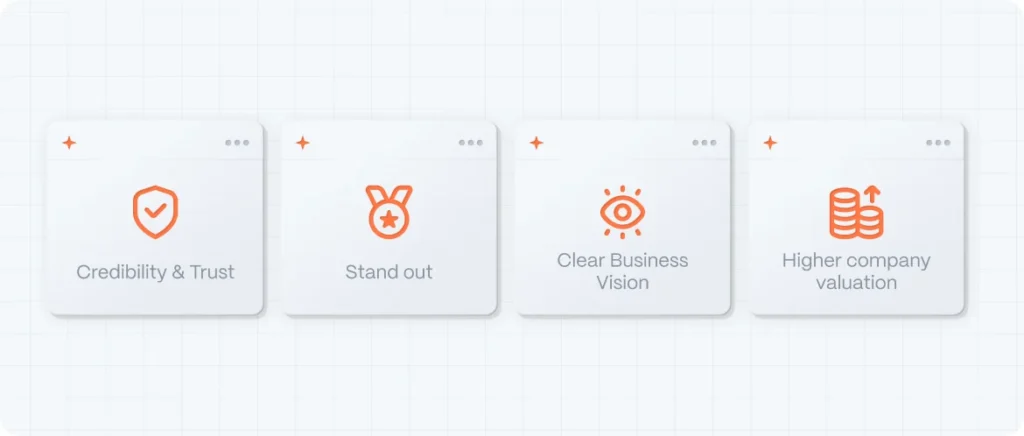
Why Branding Impacts in Startups Funding
Investors are not just looking for innovative ideas—they want startups with strong brand positioning that demonstrate long-term potential. According to a study by Harvard Business Review, investors are 2.5 times more likely to fund startups that present a cohesive brand identity.
Key Ways Branding Influences Investor Decisions
Establishes Credibility & Trust
A consistent brand identity reassures investors that the startup is reliable and committed to long-term growth. 59% of investors admit that branding affects their perception of a startup’s ability to scale successfully, according to Forbes.
Differentiates in a Crowded Market
Strong branding helps startups stand out from competitors, proving they have a unique value proposition. Companies with well-defined brand strategies are 3x more likely to receive funding than those without.
Signals a Clear Business Vision
Investors look for startups with a strong sense of mission and a brand that effectively communicates its vision. According to research from MIT Sloan, startups that align branding with a clear mission see 35% higher investor engagement.
Increases Perceived Market Value
A strong brand contributes to higher company valuation, making it more attractive for funding rounds. Startups with strong branding report 23% higher valuations than those without.

How to Build a Brand That Attracts Investors
Define a Strong Brand Identity
Investors want clarity. Ensure your startup has:
- A compelling brand story that explains your mission and market impact
- Consistent visual identity (logo, color scheme, typography)
- Clear messaging that resonates with both customers and investors
Example: Airbnb’s “Belong Anywhere” branding helped define its purpose and attract early investors.
Showcase Market Positioning & Growth Potential
Investors assess scalability. Your brand should reflect:
- A unique value proposition
- Data-driven insights on market demand
- A roadmap for growth and customer acquisition
Example: Slack’s brand evolution from a team messaging app to a corporate communication powerhouse helped secure billions in funding.
Leverage Storytelling to Build Investor Trust
Investors connect with brands that tell compelling stories.
- Highlight real-world customer success stories
- Use case studies to showcase problem-solving capabilities
- Build emotional engagement through authentic founder narratives
Example: Tesla’s brand storytelling around sustainability and innovation contributed to its meteoric rise in valuation.
Maintain Consistency Across All Platforms
- Align branding across website, pitch decks, social media, and investor materials
- Use data-backed insights to adapt branding for different investor segments
- Maintain visual and messaging consistency
Example: Stripe’s consistent branding across all platforms has reinforced its credibility in the fintech space.
Case Studies – How Branding Secured Startup Funding

With Nothing Underneath (WNU)
- Built a luxury minimalist brand for women’s shirts
- Secured £2.5 million in funding after establishing a strong brand identity

Smallhold
- Created a sustainability-driven organic farming brand
- Attracted multiple investors through branding that emphasized impact and innovation
How Evo Design Studio Helps Startups Build Investor-Ready Brands
At Evo Design Studio, we specialize in crafting brands that:
- Establish credibility and trust with investors
- Communicate a clear market position
- Differentiate startups from competitors
- Build scalable brand identities for funding success
Ready to make your startup investor-ready? Contact us today.
FAQ
How can I improve my website's navigation for better user experience?
Simplify your menu structure by using descriptive labels and ensuring that essential pages are easily accessible from the homepage. This enhances user experience and helps visitors find information quickly.
What makes a call-to-action (CTA) effective in boosting conversions?
An effective CTA uses compelling language, stands out visually, and is strategically placed where users are likely to take action. This encourages user engagement and boosts conversion rates.
Why is mobile optimization crucial for my website's success?
With a significant number of users accessing websites via mobile devices, ensuring your site is mobile-friendly enhances user experience and broadens your audience reach. Mobile optimization is crucial for modern web design.
How can I reduce my website's load time for better performance?
Optimize images by compressing them without compromising quality, minimize code, leverage browser caching, and consider using a content delivery network (CDN) to improve load times and overall website performance.
What role does whitespace play in modern web design?
Whitespace, or negative space, helps to declutter your design, making content more readable and guiding user focus to essential elements. It is a key component of modern web design that enhances user experience.

